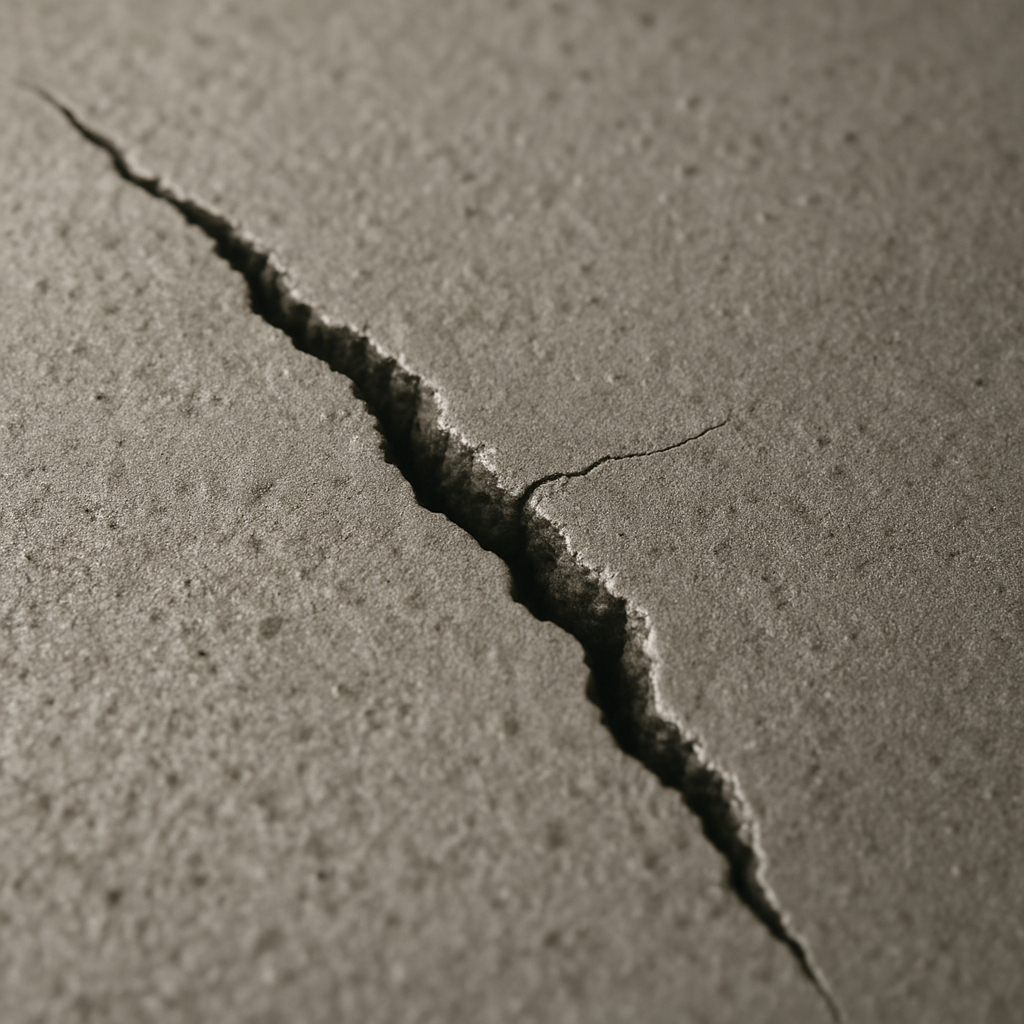
This course provides a foundational understanding of Environmentally Assisted Cracking, a major cause of structural degradation in safety-critical systems across the marine and nuclear sectors. From nuclear pressure vessels and steam generators to ship hulls and subsea components, EAC presents a complex and often hidden threat to material integrity.
We begin by examining the fundamentals. You will explore how EAC arises from the interaction between three key factors: material properties, mechanical stress, and the surrounding environment. The session will cover the primary forms of EAC, including stress corrosion cracking, corrosion fatigue, and hydrogen embrittlement, with a focus on their distinguishing features and failure signatures.
The course will then shift to applied context, highlighting the specific environmental conditions encountered in marine and nuclear settings. Topics will include chloride-induced cracking in seawater exposure, the effects of high-temperature water chemistry in reactors, and the impact of radiation, cathodic protection systems, and residual stresses introduced during fabrication.
Throughout the day, you will be introduced to practical methods of mitigation, including material selection, environmental control, stress management, and inspection techniques. Real-world examples and case studies will be used to illustrate both failures and successful design choices.
This course is intended for graduate engineers and new joiners in design, asset integrity, operations, or regulatory roles. It aims to equip you with the terminology, conceptual understanding, and critical awareness necessary to engage effectively with experienced materials specialists and structural engineers.
We will begin with a simple question: what exactly is Environmentally Assisted Cracking, and how do we distinguish it from other forms of material failure?